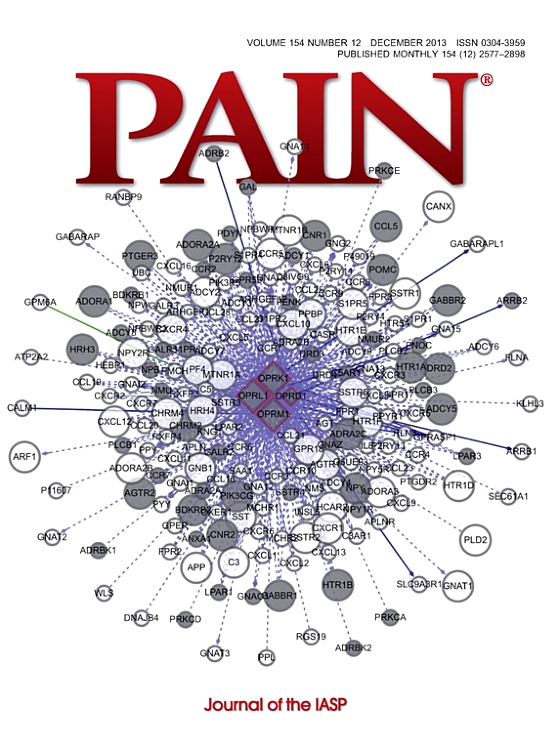小胶质细胞、性和疼痛:前方还有更多的曲折?
IF 5.5
1区 医学
Q1 ANESTHESIOLOGY
引用次数: 0
摘要
当50年前IASP开始的时候,小胶质细胞并没有引起疼痛研究人员的注意。事实上,在IASP成立25年后,人们才真正开始对它感兴趣。从那时起,关于小胶质细胞的信息激增,特别是在慢性神经性疼痛的动物模型中。小胶质细胞经常是关于动物和人类神经性疼痛的讨论的一部分。在过去的25年里,我们看到了许多意想不到的转折:小胶质细胞介导神经性疼痛,深刻的机制性别差异,有益和有害的小胶质细胞,甚至小胶质细胞独立的神经性疼痛。未来50年,这个故事将走向何方?鉴于中枢神经系统中细胞、信号分子和受体成像的快速发展,该领域似乎不可避免地将确定小胶质细胞是否是人类慢性疼痛的中介,以及在动物模型中发现的机械性别差异是否存在于人类疼痛中。精准医学的原理可以应用于临床前研究中日益确定的细胞类型和途径。然而,要使这种方法成功应用于人类,将需要先进的分子诊断技术,而这种技术尚未开发出来。另外,为了开发安全有效的治疗方法,该领域可能会利用小胶质细胞和疼痛中的性别研究所揭示的趋同点。时间,以及充满激情和才华的疼痛研究人员和临床医生的大量努力,将会告诉我们答案。但这将是一段多么激动人心、令人激动的旅程,毫无疑问,它将充满新奇的曲折。本文章由计算机程序翻译,如有差异,请以英文原文为准。
Microglia, sex, and pain: even more twists and turns ahead?
When IASP began 50 years ago, microglia were not on the radar of pain researchers. Indeed, interest only began to develop in earnest 25 years after IASP was established. Since then, there has been an explosion of information on microglia, particularly in animal models of chronic neuropathic pain. Microglia are regularly part of the conversation about neuropathic pain in animals and humans. The past 25 years has seen many unexpected twists and turns: microglia mediating neuropathic pain, profound mechanistic sex differences, helpful as well as hurtful microglia, and even microglia-independent neuropathic pain. Where will the story go in the next 50 years? Given the rapid growth in imaging of the panoply of cells, signaling molecules, and receptors in the central nervous system, it seems inevitable that the field will have determined whether microglia are intermediaries of chronic pain in humans and whether the mechanistic sex differences found in animal models exist in pain in humans. The principles of precision medicine may be applied to cell types and pathways increasingly identified in preclinical studies. However, application to humans will require advanced molecular diagnostics, not yet developed, for this approach to be successful. Alternatively, to develop safe and effective therapeutics, the field may take advantage of the points of convergence that have been revealed by studies on microglia and sex in pain. Time, and substantial efforts by passionate and talented pain researchers and clinicians, will tell. But what an exciting, and provocative journey it will be, undoubtedly full of novel twists and turns.
求助全文
通过发布文献求助,成功后即可免费获取论文全文。
去求助
来源期刊

PAIN®
医学-临床神经学
CiteScore
12.50
自引率
8.10%
发文量
242
审稿时长
9 months
期刊介绍:
PAIN® is the official publication of the International Association for the Study of Pain and publishes original research on the nature,mechanisms and treatment of pain.PAIN® provides a forum for the dissemination of research in the basic and clinical sciences of multidisciplinary interest.
 求助内容:
求助内容: 应助结果提醒方式:
应助结果提醒方式:


